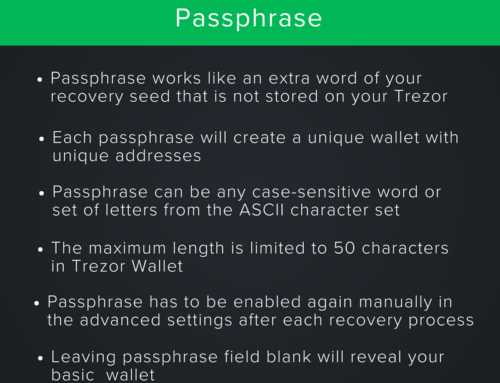The Ledger Nano is a hardware wallet that stores your cryptocurrency. The two most common types are the Ledger Nano S and the Ledger Nano X. Generally both devices are quite robust and if you treat them carefully they should provide years of service, but like most things, if you’re going to start throwing one around it’s probably not going to last that long.
The more resilient of the two seems to be the Ledger Nano S, some users have reported battery issues on the Nano X, but if your Ledger develops a fault, the only thing Ledger will do for you is give you a new device (if it’s still under warranty). They are certainly not going to help you recover your inaccessible crypto from their faulty device.
What are the common types of problems with a Ledger? Most of the issues seem to be related to the actual physical device rather than the safe and secure storage of the cryptocurrency it holds. Screen problems, buttons that don’t work all the time and loose interface ports seem to be the most commonly reported problems.
From time to time Ledger will release a firmware update that the device will request to download. Make sure you’ve got your seed phrase to hand before your accept this in case anything goes wrong during the update process (which it shouldn’t).
We repair and recover cryptocurrency from damaged Ledger Nanos and Nanos that have become unresponsive after a firmware update. Sometimes it’s just a case of replacing defective parts, other times recovery can be significantly more tricky. So if you’ve lost access to your cryptocurrency that’s held on a Ledger Nano hardware wallet please get in touch. We should be able to help you.
A note about buying a Ledger Nano: Always buy from a reputable dealer and make sure the box hasn’t been tampered with when you receive it. Always set up the wallet from scratch. If your device comes pre-installed with an existing seed phrase don’t use the wallet as it’s security is compromised.




